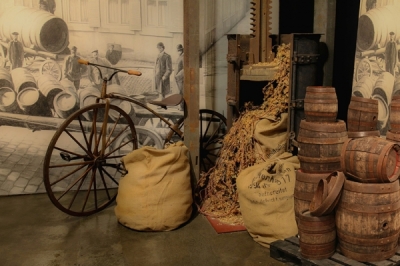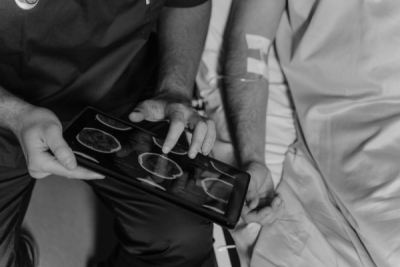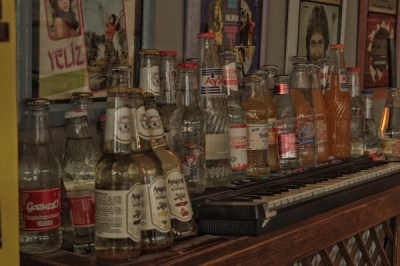According to the survey “Why do people drink?”, carried out by Ipec at the request of CISA, most respondents believe that binge drinking and alcohol dependence are the same thing. However, they are not and understanding the difference is critical to minimize health risks.
“Without consistent knowledge and information, people who choose to drink will hardly be able to make healthier choices by adopting less harmful consumption patterns, which can impact on the prevention of diseases and injuries associated with alcohol use. That is why these findings are important”, emphasizes the psychiatrist and executive president of CISA, Arthur Guerra.
Among the findings of the research is the fact that the participants disagreed with the parameters defined by the World Health Organization (WHO) for binge or Heavy Episodic Drinking (HED) because they considered the quantitative references of alcoholic beverages to be “very low” and also did not believe that consumption in these quantities was harmful to health.
Respondents were shown that HED is equivalent, for example, to drinking five beers at Friday happy-hour or Sunday football OR a bottle of wine at dinner on Saturday OR five shots of spirits ( cachaça, gin, whiskey, tequila) at a party.
“I think it's a very subjective criterion, because what would be the excessive alcohol drinking? To get unconscious? Getting you a little light-headed? I don't think drinking a bottle of wine every Saturday is exactly an excess of alcohol intake”, reported one of the interviewees, a woman between the ages of 18 and 25. Another participant, a woman aged between 35 and 45 years old, reported finding these amounts too little and that “these glasses of beer, on a Friday, I drink in half an hour”. A man, aged 50 years or more, said: “I think this amount is pretty normal, pretty mild. I don't think it's an exaggeration, no. To make it abusive, I think twice that would be abusive.”
Abusive consumption vs Alcohol dependence
Understanding the difference between HED and alcohol dependence (alcoholism) and knowing these concepts better is important for those who decide to drink (except individuals in zero alcohol situations) to make more conscious choices to reduce the risks of the negative effects of alcohol on health.
Addiction is a chronic and multifactorial disease, and one of the most common mental disorders related to alcohol consumption. It is defined by WHO as a set of behavioral, cognitive and physiological phenomena that develop after repeated use of alcohol. In Brazil, 1.4% of the population suffers from alcohol dependence (WHO, 2018). Some symptoms are the strong desire to drink and not being able to stop drinking once you have started.
In contrast, abusive consumption of alcohol, also known as Heavy Episodic Drinking (BPE) or binge drinking, is defined by WHO as the consumption of 60 g or more of pure alcohol (about 4 drinks or more), on at least one occasion in the last month. In Brazil, the Ministry of Health considers a differentiation between women (intake of 4 or more drinks) and men (consumption of 5 or more drinks). “For an easy understanding, it is when the person ingests large volumes of alcoholic beverage in a short period of time; usually it happens more frequently at barbecues, happy hours and social events”, explains Guerra.
Abusive alcohol consumption is a harmful pattern of alcohol use and, contrary to what most respondents to the IPEC survey believe, it is associated with both short-term and long-term damage to health. The more frequent, the greater the negative impact of alcohol on various organs and systems, especially: gastrointestinal tract, liver, pancreas, nervous system and cardiovascular system. In Brazil, 18.3% of the population reported abusive use in 2021.
“Why do people drink?” research
Conducted by Ipec, the research aimed to contribute to deepening the understanding of the patterns and contexts of alcohol consumption in the country. For this, men and women over 18 years old were heard, from social classes A, B and C, classified as “moderate or abusive drinkers” and divided into three age groups (18 to 25 years, 35 to 45 years and 50 years or older). Six online group discussion sessions were held with eight participants each via Zoom digital platform, with residents of the cities of São Paulo (SP), Fortaleza (CE) and Porto Alegre (RS), between the 18th and 20th. January 2022.
The survey also brought other highlights, such as the interviewees' motivation for alcohol consumption, types of beverages most consumed and milestones that influenced alcohol use, among others.
To check the complete survey, download the free publication Álcool e a Saúde dos Brasileiros – Panorama 2022 (available in portuguese only).











